Liposuction against fat deposits: what it is, types and benefits
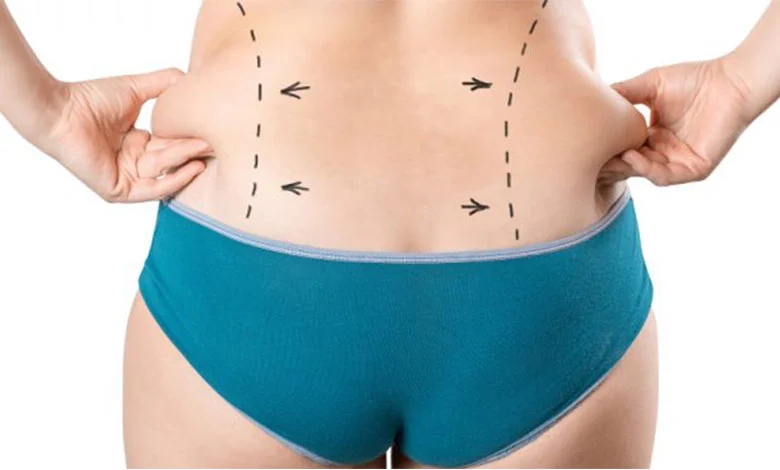
Liposuction against fat deposits: what it is, types and benefits. In this article; What are the different types of fat for liposuction? Which type of liposuction is best for fat transfer? What are the 4 areas of liposuction? What are the benefits of liposuction? Let’s find out what is liposuction, who can have liposuction, tumescent liposuction, liposuction indications…
Liposuction Against Fat Deposits
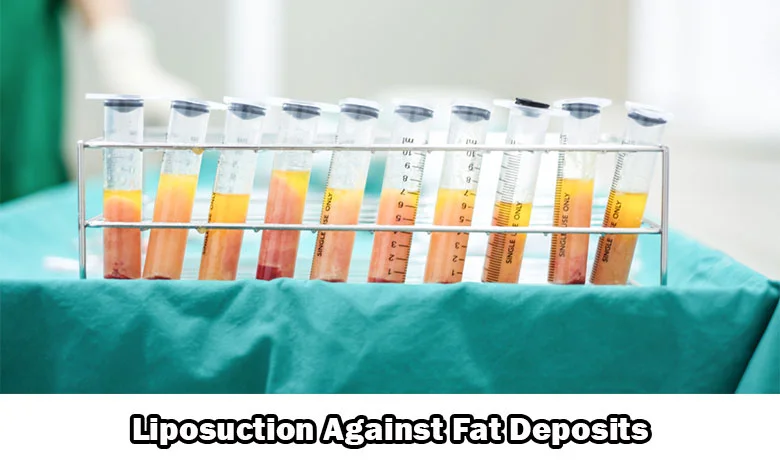
Stubborn fat? Help can come from liposuction. No diet and no sporty course of abdominals and strenuous, targeted exercises have succeeded in eliminating those rolls of fat on your belly, or on your hips, thighs or buttocks? The adipocyte, a cell capable of storing a considerable amount of fat, is to blame. When you go on a diet, you can reduce the volume of the adipocyte but not the number of these cells.
This is why all efforts are in vain. One technique that can eliminate adipocytes, and thus stubborn fat accumulations, is liposuction. However, let’s be clear about one important concept: liposuction does not help lose extra kilos, nor can it be used to combat obesity. Its effect is to reshape and ‘sculpt’ only limited areas of the body.
Liposuction or liposuction: what is it?
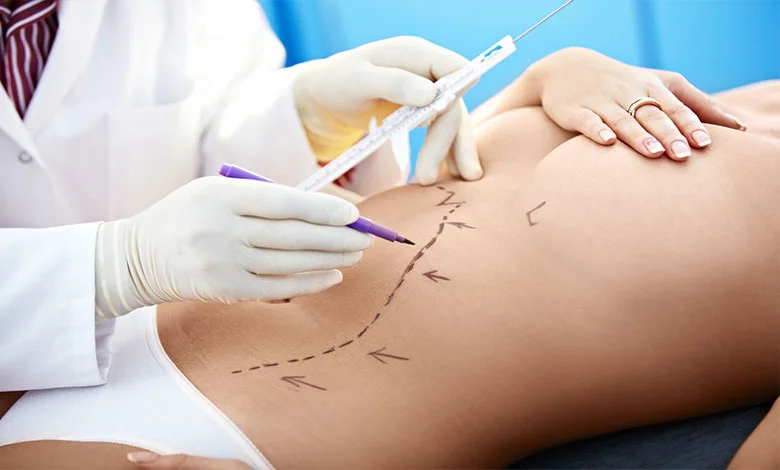
Liposuction, or liposuction, is a surgical procedure to eliminate, or significantly reduce, localised fat deposits in specific areas of the body, such as
- abdomen
- hips
- thighs
- buttocks
- chest
- back
- upper arms
- neck and under chin.
The aim of this well-known surgical practice is therefore to reshape the contours of these body districts with a result that proves to be long-lasting. The best results are obtained with patients not too far from the ideal weight according to their constitution.
When to undergo liposuction
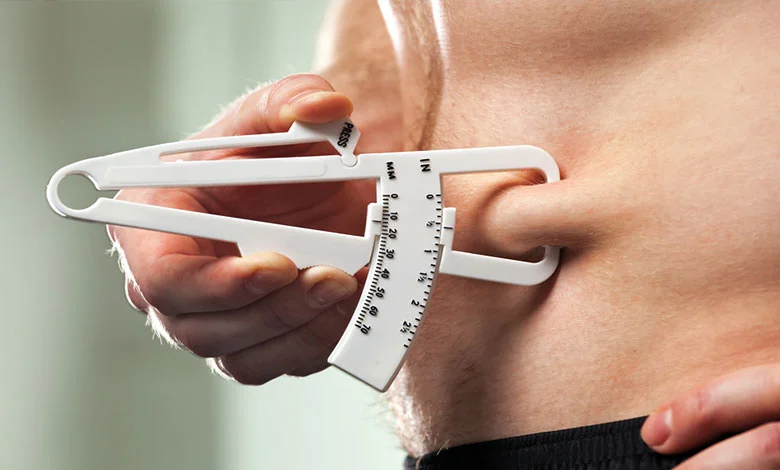
Liposuction should in no way be considered a substitute for the benefits of a healthy lifestyle: it should only be performed when, after a balanced diet and constant exercise, there are still areas where fat cells are concentrated.
Once localised fat deposits have been eliminated, the skin must adapt to the new shape: it is therefore obvious that patients with toned and elastic skin are the most suitable to be treated with liposuction. If the skin is thin, it may appear saggy in the body districts where surgery has been performed.
It is for this reason that the ideal patient is one who is close to the ideal weight and whose skin is able to “adapt” more easily to the new shapes and volumes.The results obtained with liposuction are long-lasting as long as the patient’s weight remains stable over time.
Liposuction is not suitable for
It is important to remember that liposuction, or liposuction, is a real
surgical technique, therefore
- is not suitable for treating imperfections related to cellulite and stretch marks.
- is a treatment that does not replace a correct lifestyle (diet and exercise).
- it does not remove excess skin.
Preparation for surgery
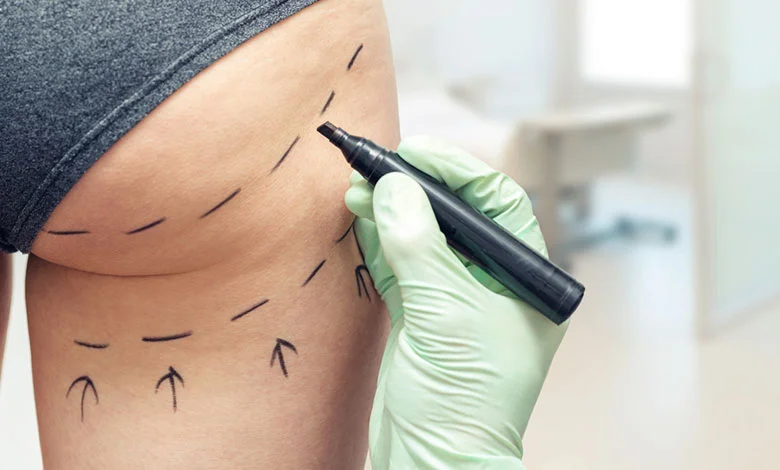
Before undergoing surgery, it is recommended that the patient, if overweight, lose weight and lead a healthy and active lifestyle: this is also essential to improve the elasticity of the skin, contributing to a better success of the operation.
As with any surgery, the doctor will first have to take the patient through a careful medical history that takes into account
- medical and family history
- therapies followed and medications taken
- pathologies from which he has suffered during his life.
If the areas to be treated are small, liposuction can also be carried out on an outpatient basis; if, on the other hand, the areas to be treated are larger, it is advisable to be admitted to the chosen healthcare facility. In this case, the patient will undergo a series of clinical analyses to check that all blood parameters are normal.
From a psychological point of view, the patient should also be supported, as it can happen that his or her expectations are partially disappointed by the results. Liposuction considerably improves the physical appearance, but the end result sometimes does not correspond to the image the patient imagined.
How is liposuction performed?
An incision of 5-6 millimetres is made to the patient to allow insertion of the cannulas that suck out the fat. If the body area to be treated is small, the patient is given a local anaesthetic and the operation lasts about 20 minutes. If, on the other hand, the area to be treated is larger (e.g. inside of the knees, hips and buttocks), general anaesthesia or a peridural (a large part of the body is anaesthetised, e.g. from the waist down) will be applied.
The duration of an operation involving larger areas can vary from one to several hours. At the end of the operation, the surgeon may decide to leave the incisions open so that the fluids that are used during the operation can escape to facilitate the removal of fat deposits.
Obviously, the greater the amount of fat that is removed, the greater the risks associated with the operation. Convalescence times are also obviously different: one week for a small liposuction, twice as long or even longer for larger operations.
The various types of liposuction
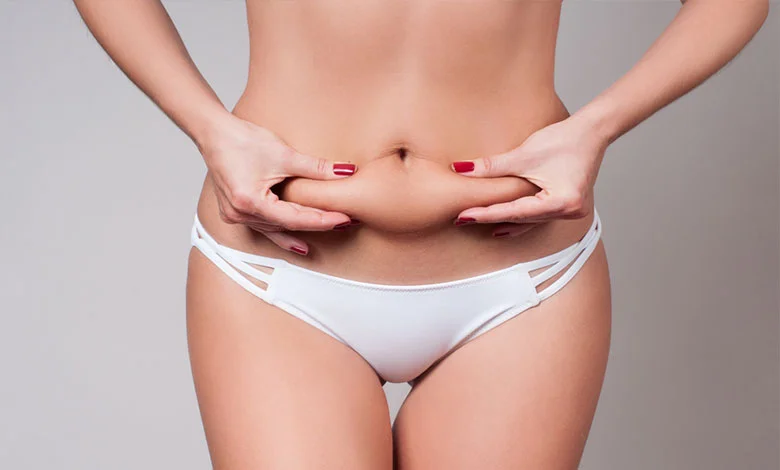
Liposuction makes use of different techniques: it is up to the doctor to identify the most appropriate one depending on the areas to be treated and the type of fat accumulated. Let’s take a look at the various types of liposuction that are commonly used.
Tumescent liposuction
Tumescent liposuction is the most common technique. The patient is injected with liquid into the area to be treated according to this combination:
- saline solution that aids fat removal. It is aspirated together with
- anaesthetic
- a drug that causes constriction of the blood vessels so as to reduce blood loss during the operation.
In addition to fat, body fluids may also be lost during aspiration, so the doctor may decide to support the patient with intravenous rehydration therapy.
Ultrasonic liposuction
This technique is often combined with tumescent liposuction to remove the more ‘stubborn’ fats, the fibrous or dense ones often found, for example, on a man’s torso.
In these cases, the doctor inserts an ultrasound emitter under the skin to break down the walls of the fat cells, which then ‘melt’, allowing for easier removal. Ultrasonic liposuction is a somewhat more complex technique and, as such, carries greater risks such as
- skin burns
- damage to the nervous system.
Assisted liposuction
This is one of the latest techniques using a vibrating cannula. The vibrations allow the doctor to remove stubborn fat more easily. In addition, assisted liposuction causes less pain and the treated areas swell less. As a result, the surgeon is able to remove fat cells more precisely, especially in areas such as arms, knees or ankles.
Laser liposuction
This liposuction technique makes use of a laser: thanks to the energy emitted by the laser, the fat cells are liquefied, allowing the surgeon to aspirate them more easily. The cannulae used are smaller than traditional ones, so they are perfect for use in small spaces such as:
- chin
- cheeks
A further advantage of the laser is that it stimulates collagen production, reducing the risk of sagging skin after surgery.
Local anaesthesia is required: the discomfort may be that of feeling the cannula moving under the skin.
After the operation

Obviously, liposuction is an invasive surgical technique: it is normal that after the operation the patient may experience minor pain and swelling or bruising. Normally, it is treated with specific drugs and antibiotics to reduce the risk of infection. It is possible that after the operation the patient may also have to wear restraining garments to reduce the swelling. To this end, a 5-10 minute massage cycle per day is also recommended to help absorb the bruising and swelling.
The stitches placed by the surgeon to suture the incisions necessary to pass the cannula are normally removed 5-10 days after the operation.
Full recovery generally occurs within two weeks after surgery.
Bruising and swelling tend to disappear within 3 weeks after the operation: in some cases, especially when extensive body parts are operated on, they may continue for a few months.
The benefits and disadvantages of liposuction
Here are the advantages of liposuction. It is a surgical procedure that can be considered definitive and through which the patient achieves goals that are difficult to achieve with other techniques. For the result to remain excellent, the patient must commit to maintaining the weight achieved.
The disadvantages of this technique are related to the fact that slight asymmetries and depressions may occur after the operation: if necessary, these defects can be eliminated with a subsequent touch-up.
Liposuction: how painful is it?
Liposuction is not a particularly painful surgical procedure. The sensations of pressure exerted by the surgeon may be unpleasant. Of course, it all depends on the extent of the operation and the areas to be treated.
Is it dangerous?
These are the risks associated with liposuction, as with any other surgery:
- bleeding
- infections
- unwanted reaction to anaesthesia.
The risks associated with this surgical technique depend directly on the size of the areas to be treated: if the surgeon operates on large areas of the body, the anaesthesia will be longer, there will be more incisions, stitches and recovery time.
The dangers most intimately linked to the nature of the operation are:
- hypotension: lowering of pressure when sucking in at least 2000 ml of fat
- formation of blood clots resulting in localised haematomas
- general imbalances: during the operation, fluids are drawn into the treated areas, to the detriment of other parts of the body
- pulmonary embolism: lumps of fat or blood clots can go into the venous vessels and reach the lungs. Fortunately, this is an extremely rare occurrence.
Results
After 4 weeks after surgery, the swelling and oedemas should subside. Within 6 months after surgery, the body should appear much slimmer, close to the goal that was set before undergoing liposuction. If the patient maintains a stable weight, the results can be considered permanent.
Otherwise, the fat may distribute differently than it did in the areas before the operation. If, for example, liposuction was performed on the hips and belly, as weight increases the fat distribution may change, making the buttocks and thighs the new problem areas of fat accumulation. A blemish that one may experience after liposuction is that of finding areas where the skin appears wrinkled, or uneven and cracked.
Contraindications
Liposuction surgery cannot be performed on patients with
- coronary diseases
- pulmonary disorders
- diabetes
- a situation of substance abuse such as smoking or alcohol
- atherosclerosis.
👉 Radiofrequency facial: what it is, what it is for, and what the benefits are
👉 Honey Mask to Brighten Your Face
👉 Click to follow the Student Agenda on Instagram




